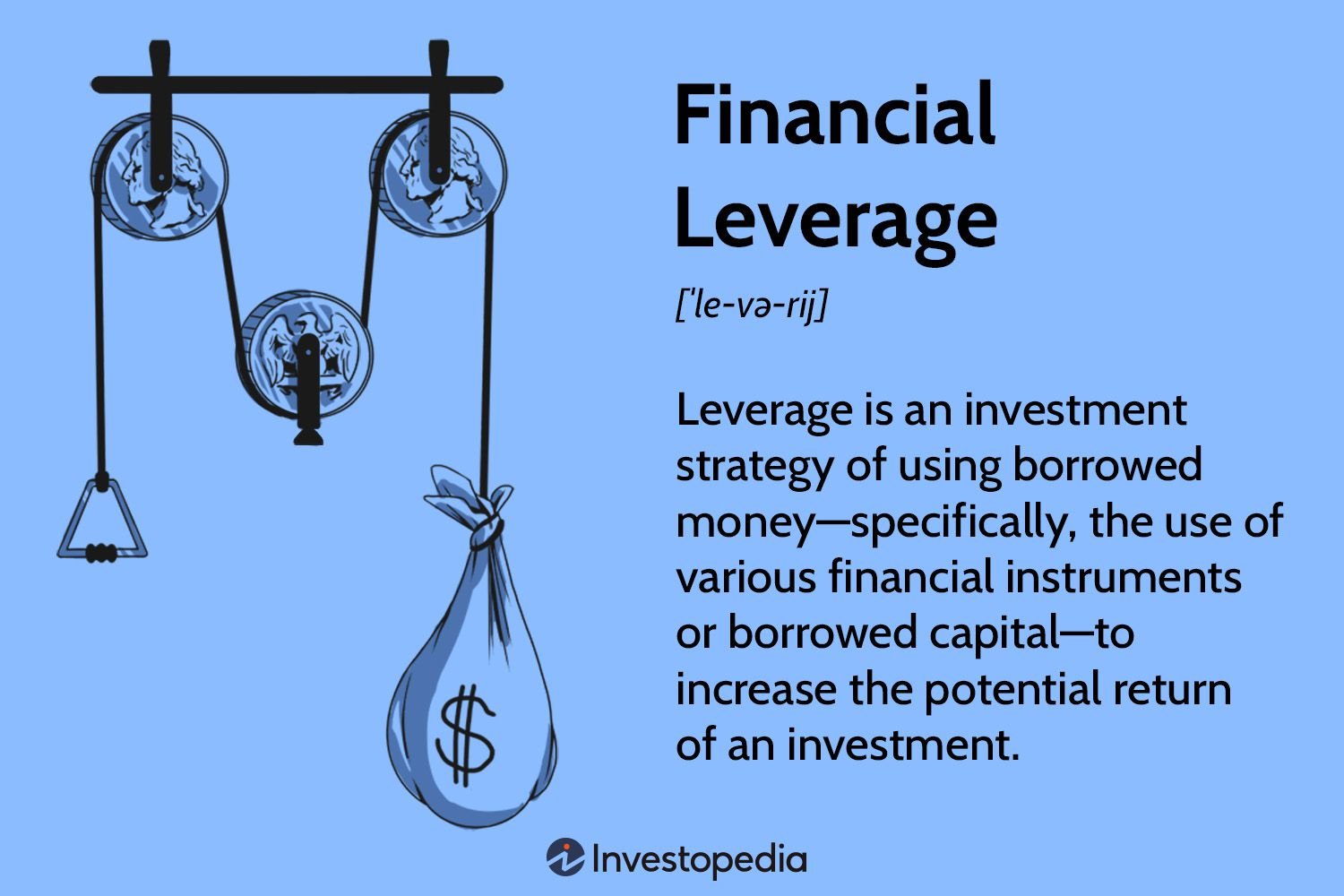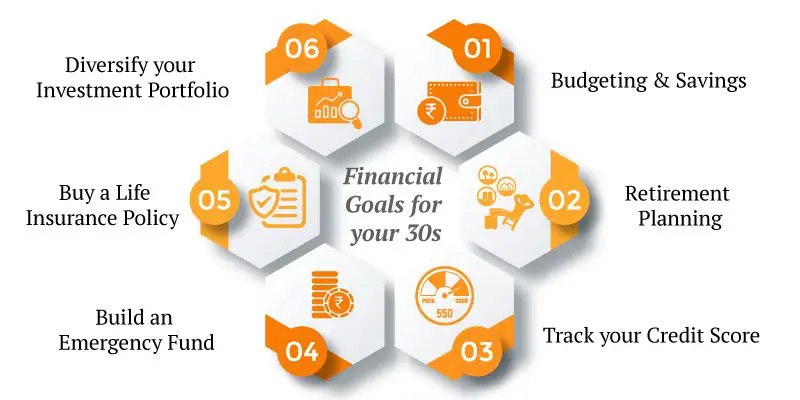Looking to maximize student loan forgiveness programs? You’re in the right place! Student loans can be a burden for many, but there is hope in the form of forgiveness programs. In this article, we’ll explore practical strategies to make the most of these programs and lessen the weight of your loans. Whether you’re just beginning your education or have already graduated, there are steps you can take to navigate through the complexities of student loan forgiveness. So, let’s dive in and discover how to maximize student loan forgiveness programs and lighten your financial load.
How to Maximize Student Loan Forgiveness Programs
Student loan forgiveness programs can provide significant relief for borrowers burdened with educational debt. These programs, offered by the federal government and some employers, aim to alleviate the financial strain of student loans by forgiving a portion or all of the remaining balance. However, navigating the complexities of these programs and maximizing their benefits can be challenging. In this article, we will explore various strategies to help you make the most of student loan forgiveness programs.
1. Understand the Different Types of Student Loan Forgiveness Programs
Before diving into the strategies, let’s first familiarize ourselves with the different types of student loan forgiveness programs available:
- Public Service Loan Forgiveness (PSLF): This program is targeted towards individuals working in qualifying public service jobs, such as government, nonprofit organizations, or certain public hospitals. After making 120 qualifying payments, borrowers may be eligible for loan forgiveness.
- Teacher Loan Forgiveness: Designed for teachers working in low-income schools and educational service agencies, this program forgives a portion of a borrower’s Direct Subsidized and Unsubsidized Loans or their Subsidized and Unsubsidized Federal Stafford Loans.
- Income-Driven Repayment (IDR) Forgiveness: Borrowers enrolled in income-driven repayment plans, such as Income-Based Repayment (IBR), Pay As You Earn (PAYE), or Revised Pay As You Earn (REPAYE), may be eligible for loan forgiveness after making payments for a specified period (usually 20 or 25 years).
- Perkins Loan Cancellation and Discharge: Certain professions, such as teachers, military personnel, nurses, and law enforcement officers, may qualify for cancellation or discharge of their Perkins Loans.
2. Research and Identify Eligibility Criteria
Each forgiveness program has specific eligibility criteria, and it is crucial to understand them before making any decisions. Some key factors to consider include:
- Employment requirements: Determine if your job qualifies for a particular forgiveness program. For example, the PSLF program requires full-time employment with a qualifying employer.
- Loan types: Certain forgiveness programs are applicable only to specific types of federal student loans. Make sure your loans are eligible for forgiveness.
- Payment history: Some programs, like PSLF, require a certain number of on-time payments before forgiveness kicks in. Ensure you meet the payment requirements.
3. Explore Public Service Loan Forgiveness (PSLF)
PSLF is a valuable program for those working in public service. To maximize its benefits:
- Work for a qualifying employer: Employment with government organizations, nonprofits, or public hospitals can make you eligible for PSLF.
- Enroll in an income-driven repayment plan: To benefit from PSLF, you must be on an income-driven repayment plan. These plans cap your monthly payments based on your income.
- Certify your employment and payments: It is crucial to submit an employment certification form annually to confirm your eligibility for PSLF. This documentation ensures that your progress towards loan forgiveness is being tracked.
- Consider making extra payments: Making additional payments can help you pay off your loans faster, reducing the total interest accrued over time.
4. Take Advantage of Teacher Loan Forgiveness
If you are a teacher working in a low-income school, you may be eligible for the Teacher Loan Forgiveness program. Consider these strategies:
- Understand eligibility requirements: Ensure you meet the requirements for years of service, school type, and subject area taught.
- Know the loan forgiveness amounts: Depending on your qualifications, you may be eligible for forgiveness amounts of up to $17,500 on certain loans.
- Combine with other forgiveness programs: If you qualify for both PSLF and Teacher Loan Forgiveness, strategically plan your repayment to maximize the benefits from both programs.
5. Optimize Income-Driven Repayment (IDR) Forgiveness
Income-driven repayment plans offer loan forgiveness after a certain repayment period. Consider these tips to maximize IDR forgiveness:
- Choose the right repayment plan: Analyze the different IDR plans available and select the one that best suits your financial situation.
- File an annual income recertification: Make sure to update your income information annually to ensure your monthly payment remains affordable and to stay on track for forgiveness.
- Understand the tax implications: Forgiveness under IDR plans may be considered taxable income, so be prepared for potential tax consequences.
- Make the most of interest subsidies: For loans on IBR, PAYE, or REPAYE plans, take advantage of the interest subsidies provided during periods of partial financial hardship.
6. Explore Perkins Loan Cancellation and Discharge Opportunities
Professions such as teachers, military personnel, nurses, and law enforcement officers may qualify for Perkins Loan cancellation and discharge. Consider the following strategies:
- Research qualifying professions: Understand which professions are eligible for Perkins Loan cancellation and discharge.
- Review specific requirements: Determine the specific criteria, such as years of service, that must be met to qualify for forgiveness.
- Stay informed about program changes: Keep yourself updated with any changes to the Perkins Loan program and take advantage of the opportunities available while they exist.
7. Consult with a Student Loan Expert
Navigating the complexities of student loan forgiveness programs can be overwhelming. Consider seeking guidance from a student loan expert who can help you understand your options, navigate the application process, and ensure you are on track for forgiveness.
Student loan forgiveness programs offer significant relief to borrowers struggling with educational debt. By understanding the different forgiveness programs, researching eligibility criteria, and implementing strategies specific to each program, you can maximize the benefits and potentially have a portion or all of your student loans forgiven. Remember to stay informed about any program changes and seek professional guidance when needed. With careful planning, you can alleviate the burden of student loans and move towards a brighter financial future.
Student Loan Forgiveness Updates #money #finance #studentloans #college #student #school #university
Frequently Asked Questions
Frequently Asked Questions (FAQs)
How can I maximize student loan forgiveness programs?
Maximizing student loan forgiveness programs requires understanding the eligibility criteria and taking proactive steps to meet the requirements. Here are some strategies to help you maximize your chances:
What are the eligibility requirements for student loan forgiveness programs?
The eligibility requirements for student loan forgiveness programs vary depending on the specific program. However, common criteria include working in public service, teaching in low-income schools, or serving in the military. It is important to research and understand the specific requirements of the program you are interested in.
How can I qualify for Public Service Loan Forgiveness (PSLF)?
To qualify for PSLF, you need to work full-time for a qualifying employer. This includes government organizations, non-profit organizations, and certain other types of organizations. Additionally, you must make 120 qualifying payments under a qualifying repayment plan.
What are qualifying repayment plans for student loan forgiveness?
Qualifying repayment plans for student loan forgiveness include Income-Driven Repayment plans such as Income-Based Repayment (IBR), Pay As You Earn (PAYE), and Revised Pay As You Earn (REPAYE). These plans base your monthly loan payments on your income and family size.
Are there any loan forgiveness programs specifically for teachers?
Yes, there are loan forgiveness programs specifically designed for teachers. The Teacher Loan Forgiveness program offers up to $17,500 in loan forgiveness for highly qualified teachers who teach full-time for five consecutive years at certain low-income schools or educational service agencies.
What steps can I take to ensure I meet the requirements for loan forgiveness?
To ensure you meet the requirements for loan forgiveness, it is essential to keep detailed records of your employment, payments, and any other relevant documentation. Frequently review the guidelines and stay informed about any updates or changes to the forgiveness programs.
Can I consolidate my loans to become eligible for forgiveness?
Consolidating your loans through a Direct Consolidation Loan may help you become eligible for certain forgiveness programs. However, it is important to note that consolidation restarts your loan repayment clock, so it may extend the time it takes to qualify for forgiveness.
Is it possible to have multiple loan forgiveness options at the same time?
Yes, it is possible to have multiple loan forgiveness options at the same time, depending on your eligibility. For example, you may qualify for both Public Service Loan Forgiveness and Teacher Loan Forgiveness if you meet the respective requirements. However, it is important to understand the specific terms and conditions of each program.
Final Thoughts
To maximize student loan forgiveness programs, there are several strategies you can employ. First and foremost, ensure that you stay up to date on the latest information and requirements for these programs. It is crucial to maintain accurate records and submit all necessary documentation promptly. Additionally, consider consolidating your loans through a federal direct consolidation loan, which can make you eligible for certain forgiveness options. Explore employment opportunities in public service or nonprofit organizations that offer loan forgiveness programs. Lastly, make consistent and on-time payments to qualify for forgiveness after meeting the necessary criteria. By following these steps, you can maximize your chances of successfully navigating and benefiting from student loan forgiveness programs.



